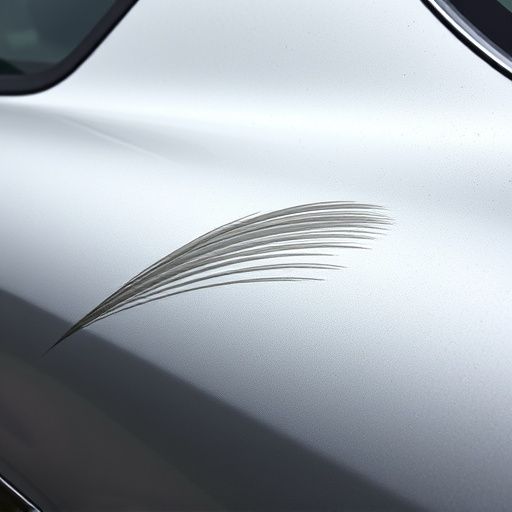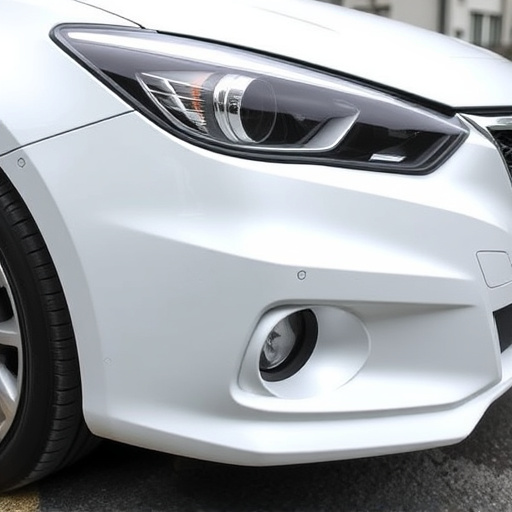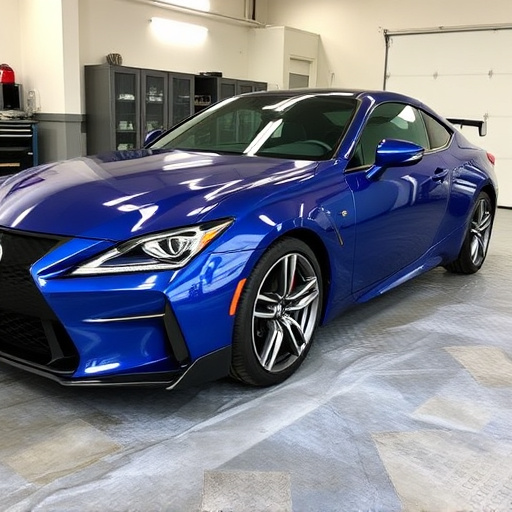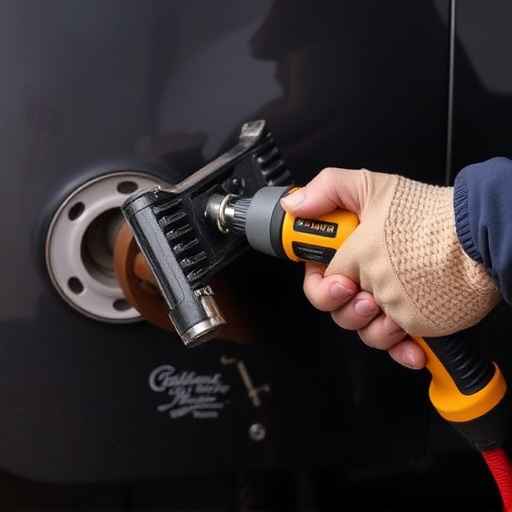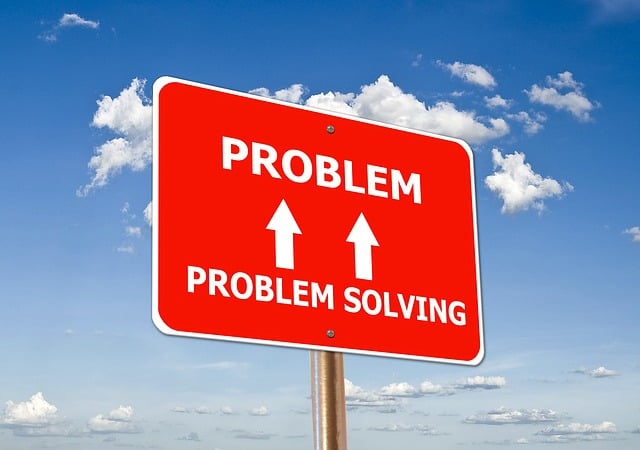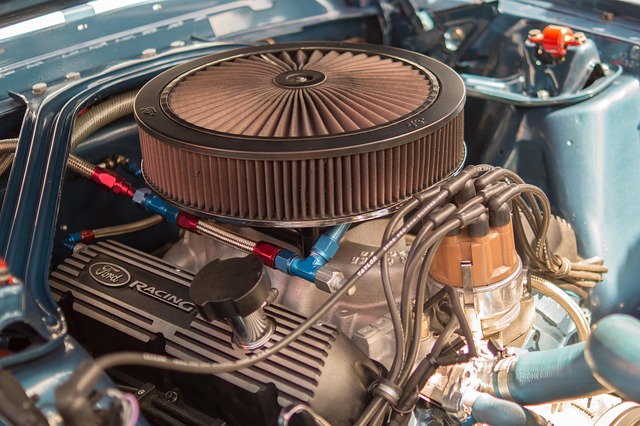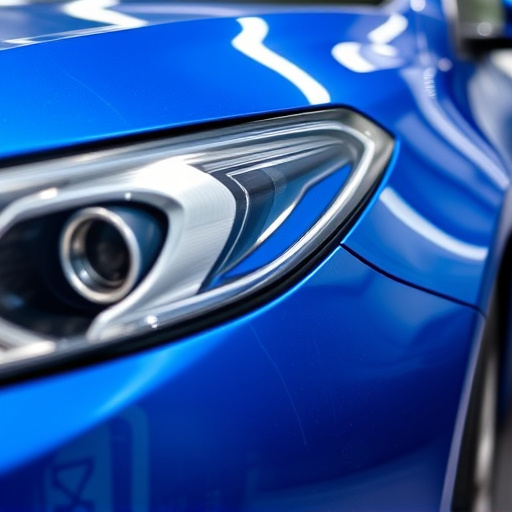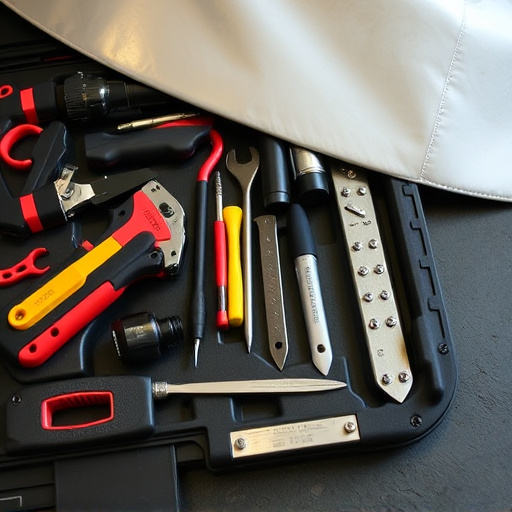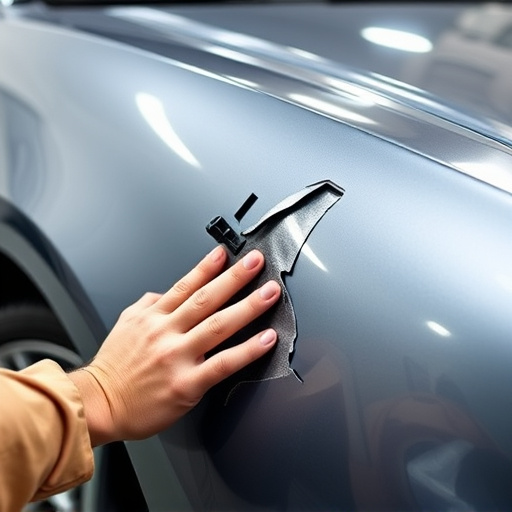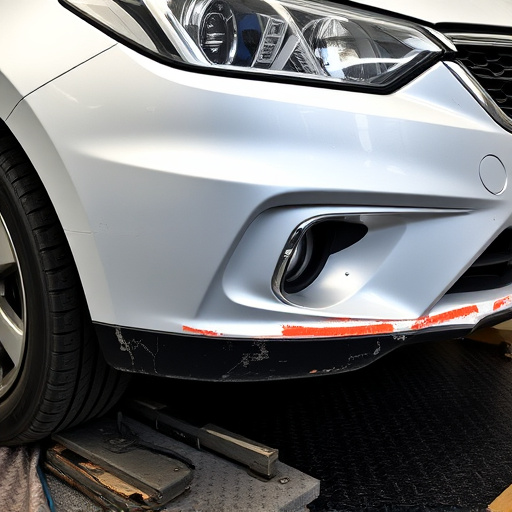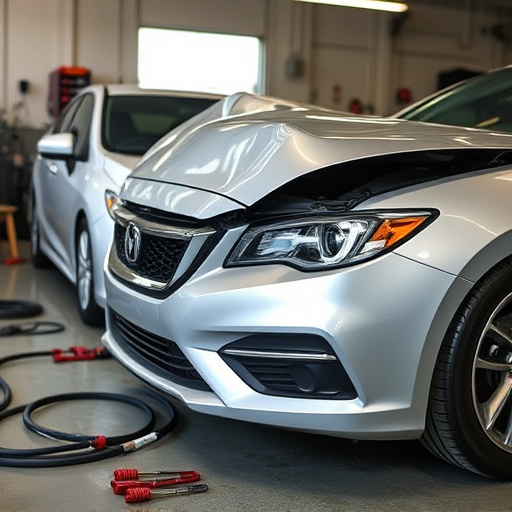Collision repair certification metrics are vital for evaluating auto body repair quality and efficiency, ensuring vehicles reach pre-accident condition. Key Performance Indicators (KPIs) like dent removal accuracy, frame straightening precision, and paint job consistency showcase technician skills and client satisfaction. Quality Assurance (QA) in these metrics guides shops towards excellence, low defect rates, positive customer feedback, and quick repairs. Certification programs use KPIs to track student progress, assess technical proficiency, safety, and customer service skills, facilitating personalized learning for successful careers in vehicle body repair.
Collision repair certification is a crucial step for professionals aiming to excel in the automotive industry. This article explores the key performance metrics that define success in collision repair training programs. We delve into understanding these metrics, highlighting their significance for quality assurance. By tracking progress and success, shops and technicians can ensure they meet industry standards. Key indicators include precision, efficiency, customer satisfaction, and cost-effectiveness, all vital aspects of collision repair certification.
- Understanding Collision Repair Certification Metrics
- Key Performance Indicators for Quality Assurance
- Tracking Progress and Success in Collision Repair Training Programs
Understanding Collision Repair Certification Metrics

Collision repair certification metrics are vital indicators that define the quality and efficiency of auto body repair services. These metrics assess various aspects of the repair process, from initial damage assessment to final restoration. Understanding these key performance metrics is essential for both consumers and professionals in the collision repair industry.
The primary goal of collision repair certification is to ensure vehicles are restored to their pre-accident condition. Metrics like dent removal accuracy, frame straightening precision, and car paint services consistency are critical. By measuring these factors, certified technicians can demonstrate their proficiency, maintaining high standards and customer satisfaction. Moreover, these metrics help consumers make informed decisions, knowing that their vehicles are in capable hands.
Key Performance Indicators for Quality Assurance

In the realm of collision repair certification, Quality Assurance (QA) is paramount to maintaining high standards and ensuring customer satisfaction. Key Performance Indicators (KPIs) serve as a compass for auto body shops aiming to excel in frame straightening and vehicle body repair. One critical KPI is the defect rate, which measures the percentage of vehicles repaired with visible or functional defects. A low defect rate indicates consistent quality and skilled craftsmanship.
Another essential QA metric is customer feedback, gathering insights from clients on their repair experience. Positive reviews and high satisfaction ratings reflect effective processes and attention to detail in both frame straightening and body repair work. Moreover, the time taken to complete repairs is a relevant KPI; efficient workflows and well-equipped facilities contribute to faster turnaround times, enhancing overall shop performance and customer loyalty.
Tracking Progress and Success in Collision Repair Training Programs
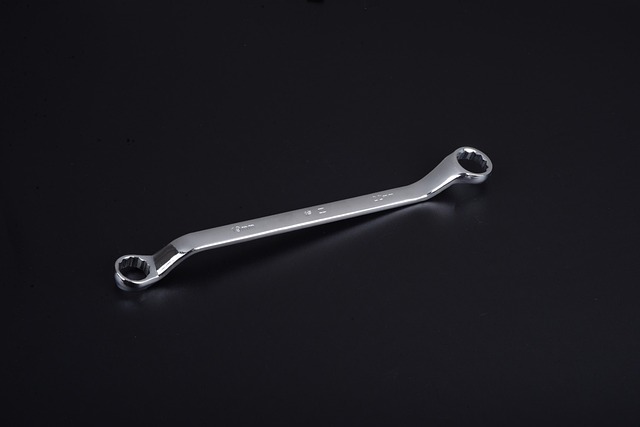
Collision repair certification programs are designed to track progress and measure success through key performance metrics. These metrics provide a clear picture of an individual’s skill development in various aspects of car restoration and vehicle bodywork. By setting specific, measurable goals, training facilities can ensure students meet industry standards for quality work. Regular assessments allow instructors to identify areas where students excel or require additional support, facilitating personalized learning experiences.
Effective tracking methods include progress reports, practical examinations, and digital portfolio reviews. These tools not only gauge the technical proficiency of trainees but also their ability to adhere to safety protocols and customer service expectations. As students advance through collision repair certification programs, continuous monitoring enables them to build confidence, refine skills, and ultimately transition successfully into professional vehicle body shops.
Collision repair certification programs rely on key performance metrics to ensure quality and effectiveness. By tracking these metrics, such as skill proficiency, training completion rates, and post-training job placement success, certification bodies can validate the quality of collision repair training. This data not only helps in identifying areas for improvement but also guarantees that certified professionals meet industry standards, ultimately enhancing road safety and customer satisfaction.

